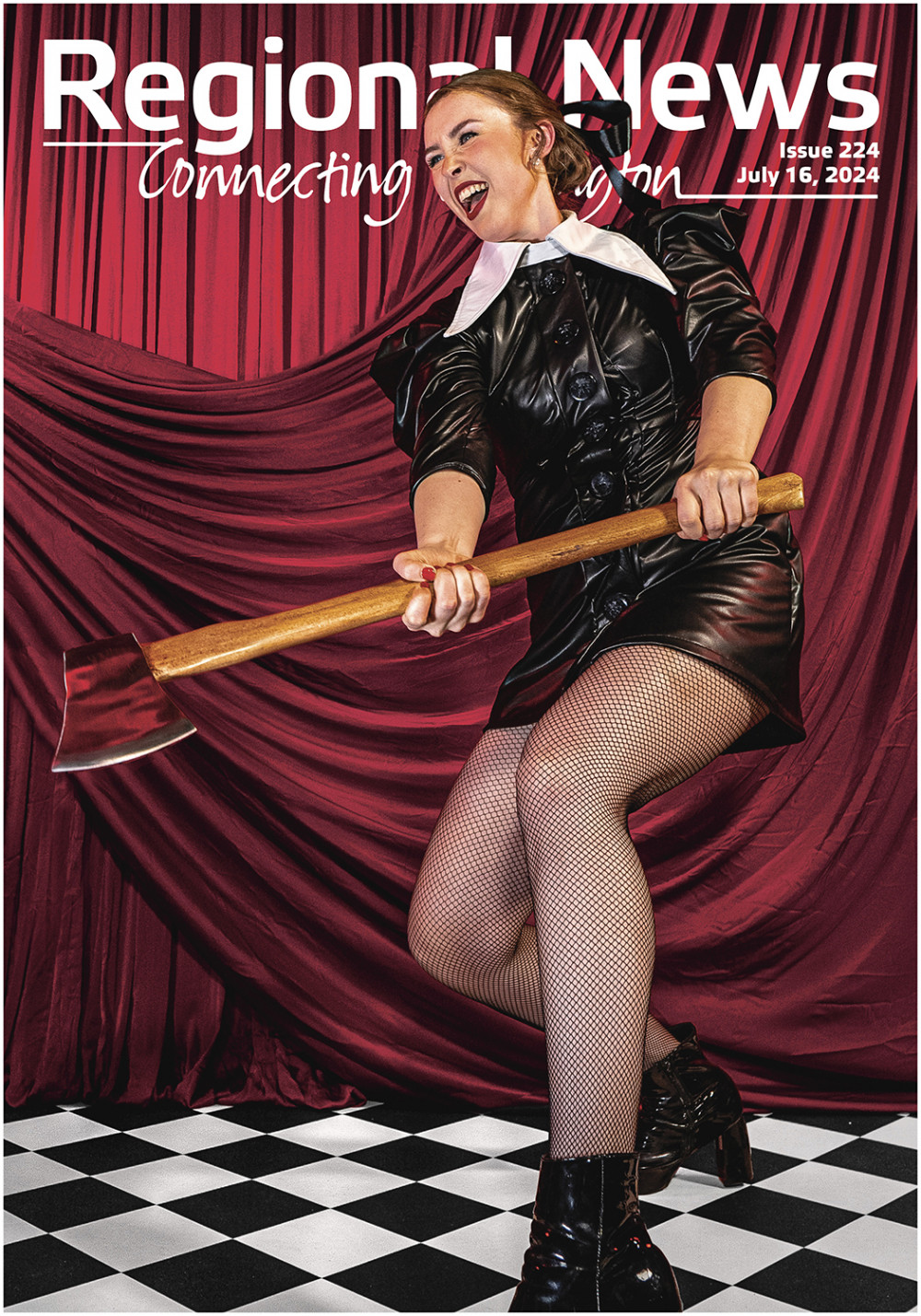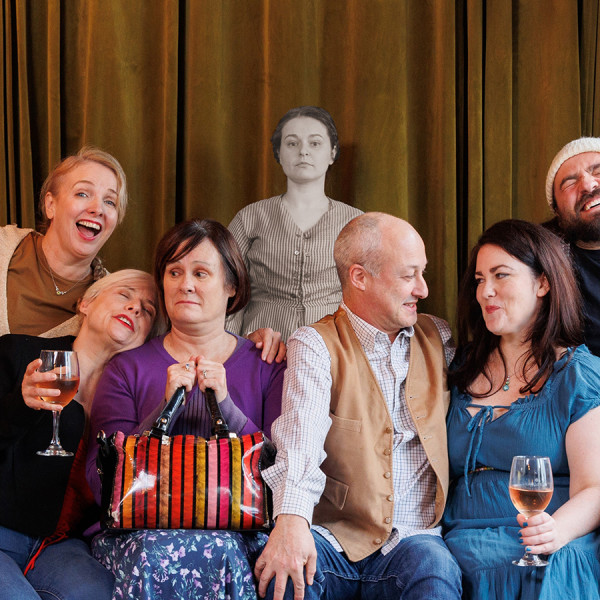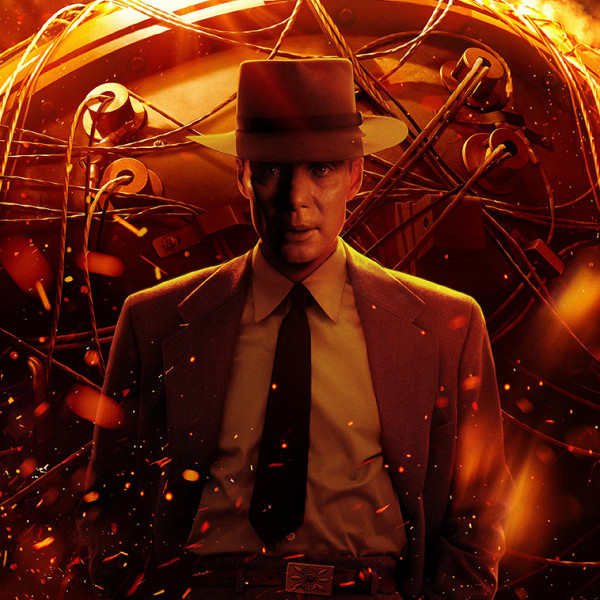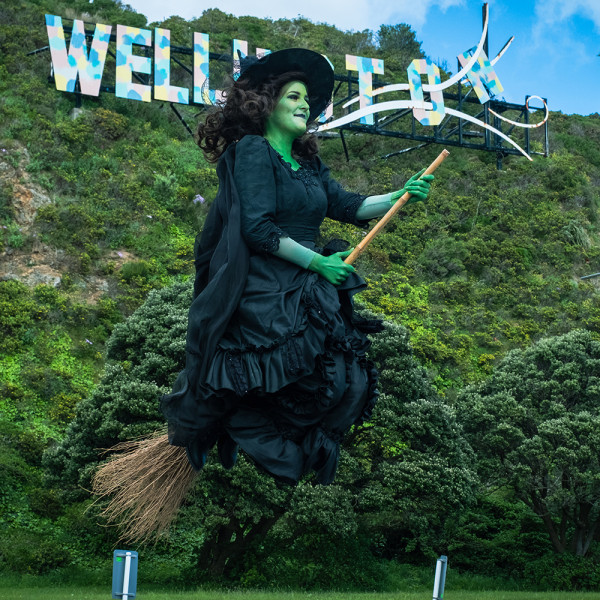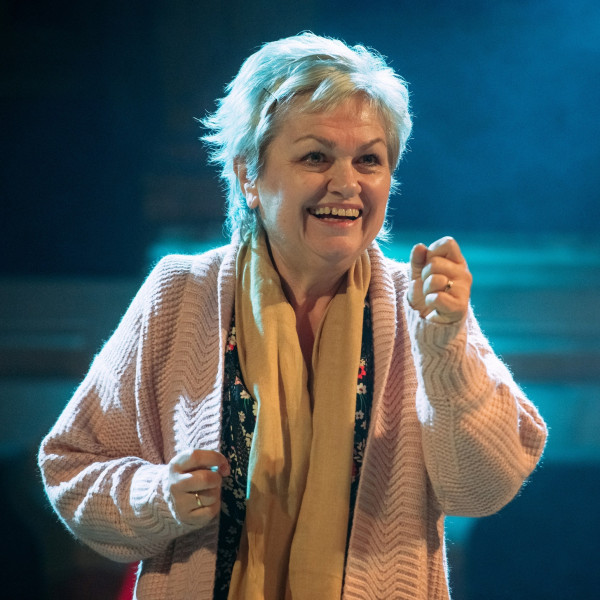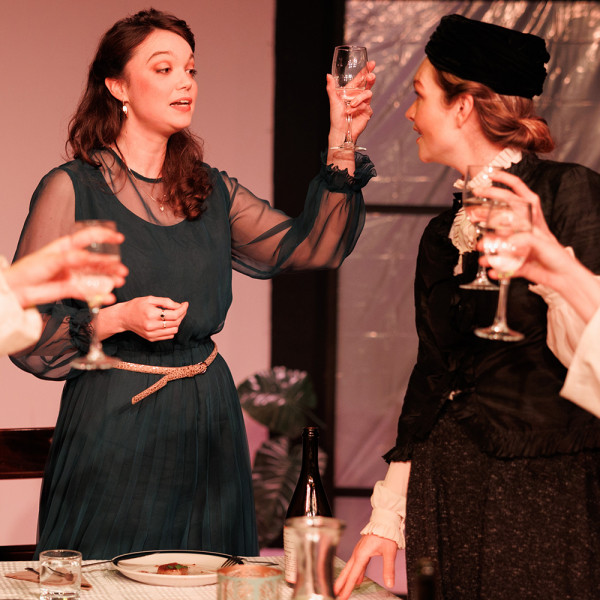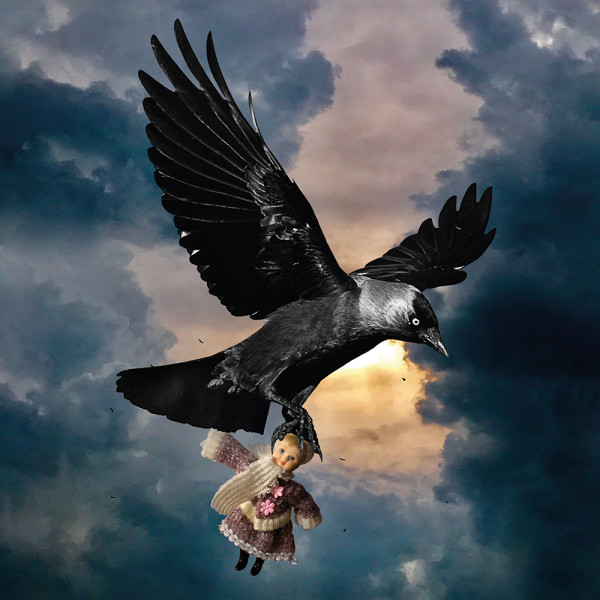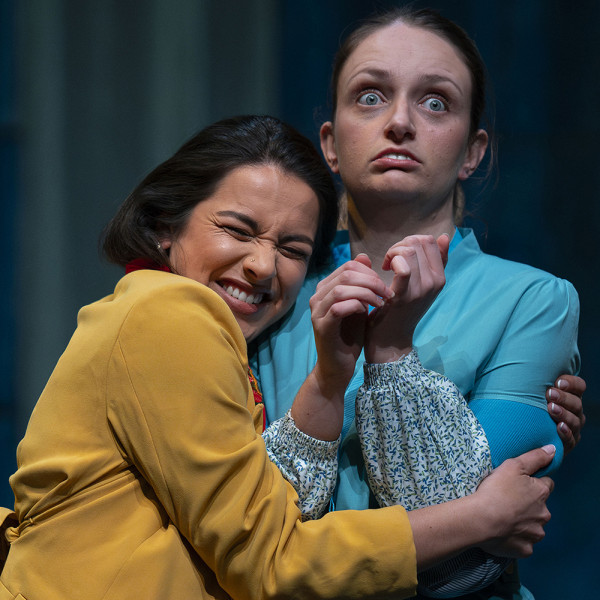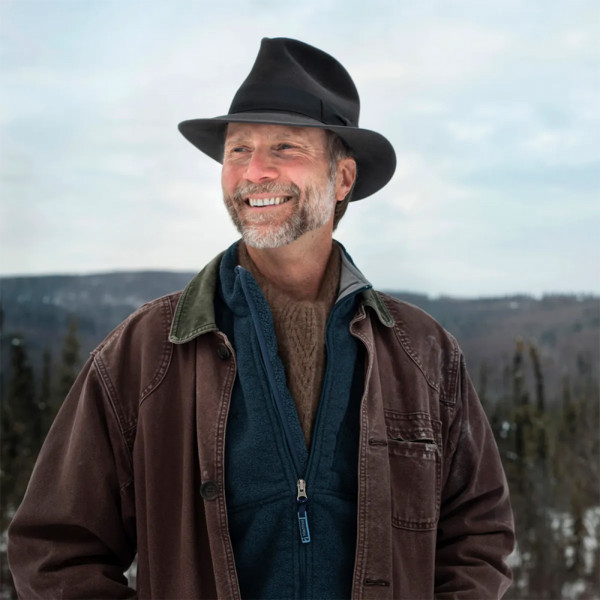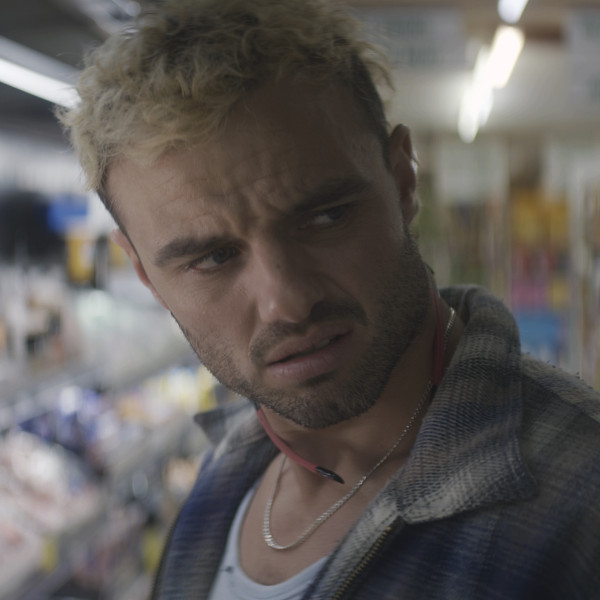
Bernstein & Copland: Til time shall end
Presented by: New Zealand Symphony Orchestra
Conducted by: Giancarlo Guerrero
Michael Fowler Centre, 1st Sep 2023
Reviewed by: Tamsin Evans
Although I couldn’t properly define it, my head and heart knew we had been listening to American classical music. While their names are very familiar, my knowledge of Leonard Bernstein’s compositions extends to West Side Story and Aaron Copland’s to Fanfare for the Common Man.
Both were leading composers of mid-20th century America. Copland was particularly influenced by folk traditions and Bernstein by jazz, and they came after a more experimental style. This made the introductory piece by New Zealander Eve de Castro-Robinson, Len Dances, quite the right fit. A sonic interpretation of Len Lye’s famous kinetic sculptures, the bells and whistles and inventive instrumentation readily evoked both visual and performing artforms for the listener.
Another clever use of one artform to tell us about another, Bernstein’s Symphony No. 2 The Age of Anxiety was filled with the sense of the W. H. Auden poem, The Age of Anxiety, which inspired it. Pianist Joyce Yang’s phenomenal technique, Bernstein’s skill in composition, and Guerrero’s orchestral direction came together perfectly. Written neither as a concerto for piano and orchestra nor a symphony in the more orthodox European style, The Age of Anxiety was so beautifully played by Yang, the anxiety and tension were palpable and breathtaking.
Aaron Copland’s Symphony No. 3 is his best known and a big piece of work in every sense. Written at the end of World War II, Copland traverses the mood of the time, gentle contemplation matched with joy and bright celebration. Magnificent contrasts of tone and volume were played with gusto by brass and percussion in particular, while piercingly high notes from violins and piccolo sliced through the gentler sections. Fragments of the theme from his Fanfare for the Common Man are glimpsed throughout until it appears as the main theme in the fourth movement and a glorious finale greatly enjoyed by orchestra and audience alike.



